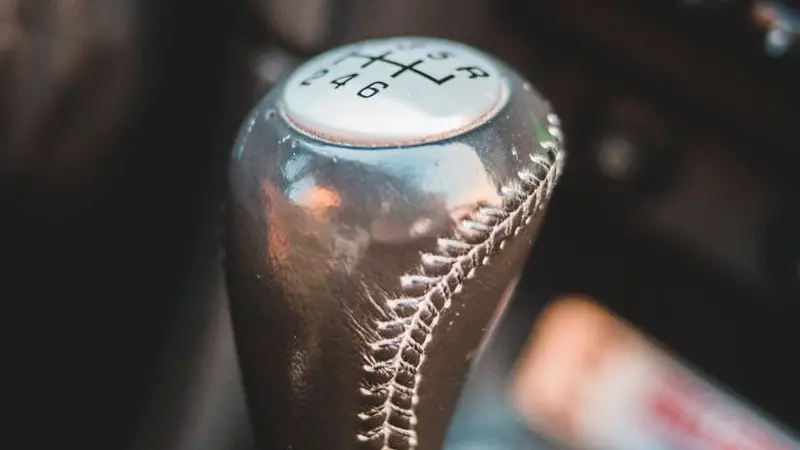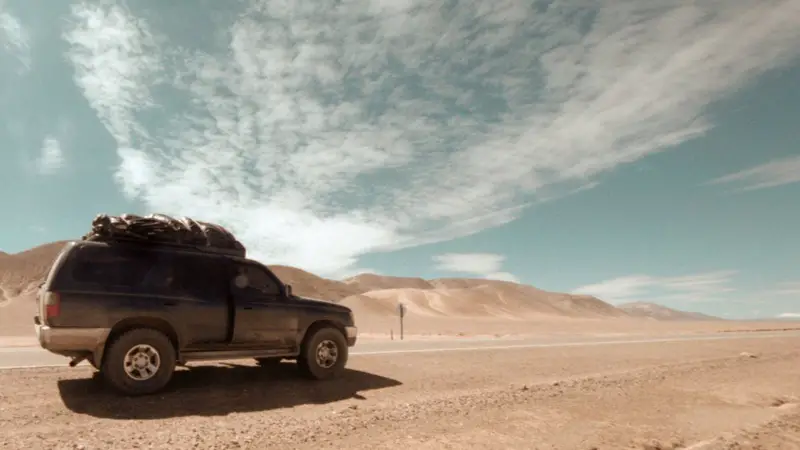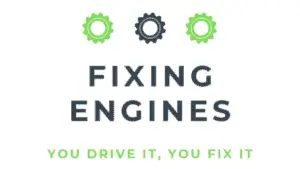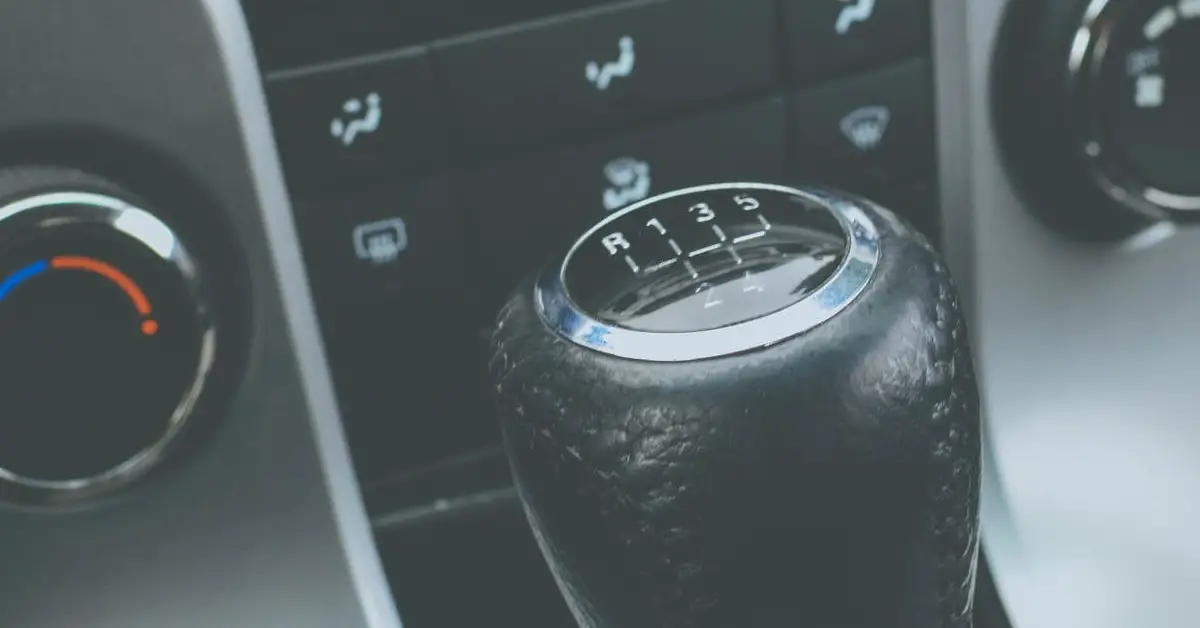Sloppy terrain is challenging to navigate in a manual car. Personally, I find it challenging. That’s why I’ve gone to such lengths to find a solution to keep my car from rolling back down the hill—I’ve learned that hill starts are useful in instances like these. Almost all automated automobiles currently have this. But, do manual cars have Hill Start? What I found!
Formerly, the hill assist feature was only accessible on automobiles equipped with an automatic or semi-automatic transmission. However, modern vehicles equipped with manual transmissions also feature it. This is because Hill Start Assist now utilizes the Electronic Stability Program (ESP).
The hill-start assist feature is advantageous since it eliminates the risk of rolling back when driving away from a stop on an incline. This article will highlight some of the important information you should know regarding the “Hill Start” feature. Continue reading to learn more!
How does Hill Start Assist work?

Hill Start Assist is a piece of technology that enables easier hill starts. Your vehicle will remain immobile on the hill for around three seconds while you discover the clutch biting point if it has Hill Start Assist.
If you take more than three seconds to locate the clutch biting point, your vehicle will begin to roll back, necessitating the reapplication of the handbrake.
How Do I Know If My Car Has Hill Assist?
When you’re in neutral on a hill, and your foot is on the brake, shift into first gear and slightly lift the clutch. When you let go of the brake, the hill assist engages and holds the vehicle in place for a split second or two, allowing you to locate the biting point. If you roll immediately, your car does not have hill assist.
How Does Hill Assist Work on a Manual?
Engage first gear by pressing the clutch pedal to the floor. Gently depress the pedal while gradually moving the clutch to the biting point. Once it is safe to do so, disengage the handbrake and allow the clutch to bite slightly more until the car begins to go forward.
Hill Start Assist Technology
The ECU is the vehicle’s brain and communicates with sensors located throughout the car, including the Hill Start Assist sensor group. The ECU then determines when to hold the brakes based on this data.
It then collects data on your vehicle’s weight and the angle of the hill in order to provide the necessary pressure to hold your automobile in place before accelerating upward. Let us examine the sensors and their functions.
Pressure sensors
These detect hills by determining the weight distribution across the vehicle’s suspension. In certain versions, pressure sensors monitor the vehicle’s entire weight and vertical position.
It is also equipped with active suspensions. This data collection occurs regardless of whether the vehicle is moving or stationary.
Wheel speed sensors
These detectors, which are frequently integrated into the anti-lock braking system (ABS), can determine the speed and direction of the wheels as they revolve.
Angle Sensors
Angle sensors notify the ECU when your car is descending and the angle of the slope.
Brake Actuator
The brake actuator transforms an ECU signal instructing it to activate the brakes. It instantly opens the brake valves, allowing fluid to flow to the brakes as if you had continued to press the pedal.
In the case of a hybrid, the electric motor will provide enough power to compensate for gravity’s pull.
Torque Sensor
Torque is the force produced by the engine that causes your vehicle to accelerate from a standstill. The torque sensor measures the power supplied to the wheels and signals the ECU when to release the brake.
Is Hill Start Assist effective on all hills?

No. While Hill Start Assist is a valuable safety feature, it does have some significant restrictions.
Hill Start Assist Has No Effect on Traction
Because Hill Start Assist’s sole goal is to assist you in smoothly transitioning from motionless to accelerating, it will not immediately improve your traction.
If the road is slick, the traction control will try to keep you from rolling backward. But, Hill Start Assist will try to keep you from rolling backward.
If the road is sufficiently ice and steep, you may slide backward despite the system’s efforts to stop you.
The Hill Start Assist is Not a Permanent Hold
Unlike some vehicles’ Auto Hold technology, Hill Start Assist will only hold for a few seconds before disabling. After releasing the brake and clutch pedals, you have a few seconds to accelerate until the brakes release.
Auto Hold maintains your vehicle’s stationary position without your braking assistance. It will maintain control of the vehicle indefinitely or until you press the accelerator.
How Can You Startup a Hill Without Stopping?
One of the most prevalent issues with hill starts is stalling, which is caused by two factors: insufficient gas pedal pressure and too rapid clutch engagement.
To prevent this, gradually increase the clutch pressure while also pressing down on the accelerator to keep the car going ahead.
How Can You Perform a Hill Start in an Automatic Transmission?

While doing a hill start in an automatic is easier than in a manual due to the absence of a clutch, it will still require practice, especially if you have a test coming up.
With the handbrake applied and the gearbox set to drive, carefully depress the accelerator pedal until you feel the car strain against the handbrake. Release the handbrake when you feel this, and the automobile should begin to go forward.
Certain automatic vehicles will have Slope Start Assist. This will hold you on the hill when you let go of the handbrake. But, if you feel the car drifting backward, gently press your foot down on the gas pedal, and the vehicle will accelerate forward.
How Do You Do a Hill Start Going Downhill?
You may need to back away while facing downhill, which is easier than a normal hill start due to gravity. It would be nice if you still cared if your car rolled down the slope.
As with a regular hill start, after doing all essential checks, shift into first gear — or second if the hill is particularly steep — and slowly apply the footbrake with the clutch pedal fully depressed.
Release the handbrake and locate the clutch biting point. Your right foot should travel from the brake pedal to the accelerator as your car moves.
From there, you can gradually increase the gears. However, bear in mind that if you’re traveling downhill, you should use lower gear to preserve as much control as possible over your car.

